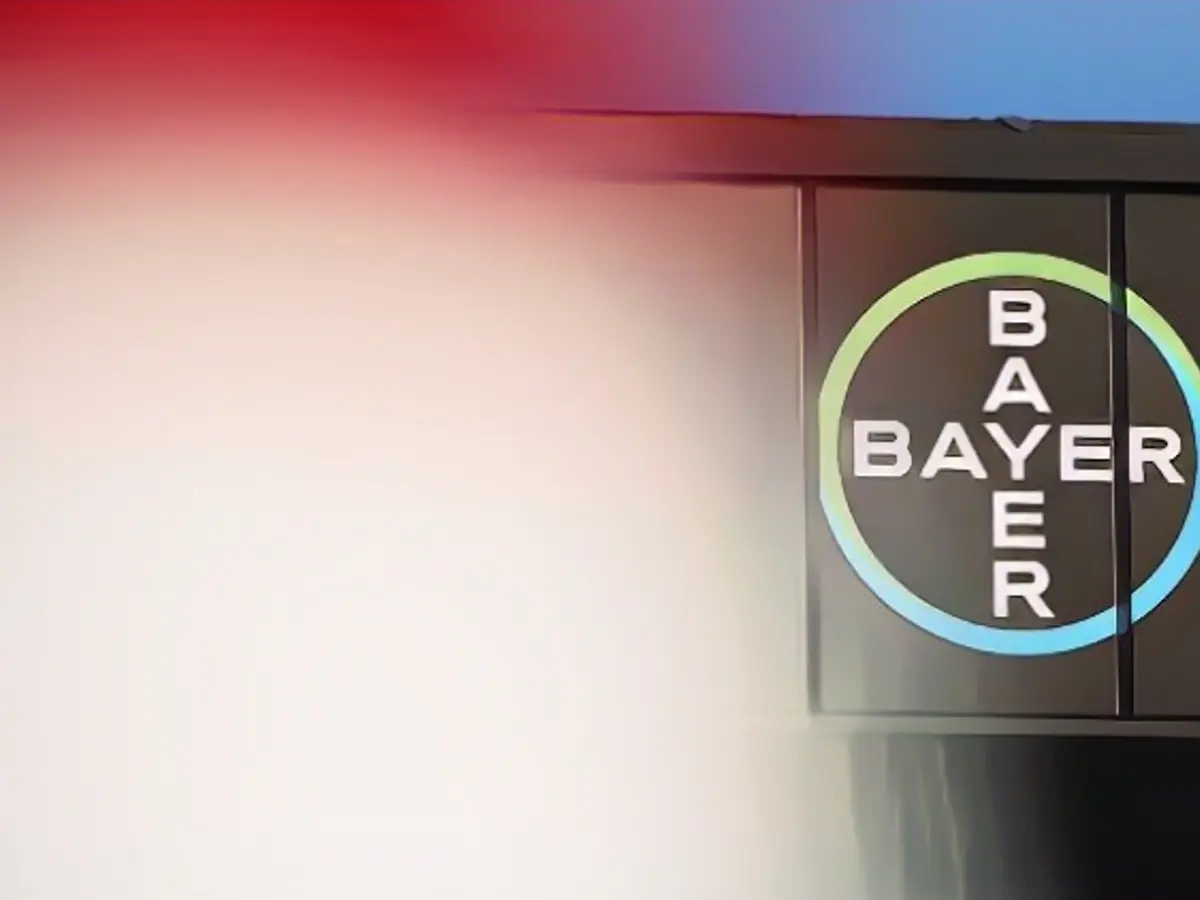Stopping the development of a billion-dollar hope, Bayer halts Asundexian trial
In the realm of medical advancements, taking blood thinners is said to lower the chance of strokes. Bayer had high expectations for the drug Asundexian, anticipating sales in the billions. Unfortunately, the promising drug stumbled in a crucial trial phase.
The pharmaceutical giant Bayer announced the premature termination of a Phase III trial for Asundexian, a medication marketed to compete with apixaban in patients with atrial fibrillation and stroke risks. The decision stemmed from a recommendation by the Independent Data Monitoring Committee (IDMC), who reported Asundexian's efficacy falling short of the control arm in the ongoing study [1].
Bayer will continue to examine the trial data and publish the results, following the expansion of their study program for this drug started in November. In an innovative approach, Bayer employed artificial intelligence to streamline patient recruitment for the trial, reportedly reducing the required number significantly [1].
Initially, Asundexian was predicted to bolster Bayer's sales with a peak potential of over five billion euros, surpassing every other drug in their portfolio. Its promising qualities included significantly lower bleeding rates than Eliquis, a competitor anticoagulant, and it had the potential to replace Bayer's former bestseller Xarelto [1].
Anticoagulants, such as Xarelto, are essential in treating cardiac arrhythmias like atrial fibrillation. These arrhythmias could result in strokes, which anticoagulants aim to prevent by stopping circulatory disorders. Anticoagulants, however, carry risks, including increased bleeding vulnerability [1].
The IDMC's recommendation of discontinuing Asundexian's development may be due to several factors, including efficacy and safety concerns which are common issues in anticoagulant drug development. The balance between stroke prevention and reducing bleeding risks is essential. If Asundexian proved inferior to existing treatments, it may not meet regulatory approval requirements [2].
Moving forward, further investigation and publication of final trial results will provide insight into the precise reasons for this setback. Anticoagulant development continues to progress, with pharmaceutical companies looking for superior efficacy and safety profiles. Asundexian's early phase trials and clinical results, while impactful, left room for optimization and improvement in the realm of stroke prevention treatments.
Source:
Enrichment Data:
- Efficacy and safety concerns: Discontinuing a drug like Asundexian often involves concerns over its efficacy and safety profiles. In the context of anticoagulant development, demonstrating superior efficacy and safety profiles is essential. If Asundexian did not show superior efficacy or reported significant safety concerns, such as increased bleeding rates, it might not have been approved for market release [2].
- Clinical trial results: The success of a drug during Phase III trials is vital for its approval and market release. If Asundexian failed to demonstrate superior efficacy or had safety concerns, such as increased bleeding rates, it would likely not advance to further development. The AZALEA-TIMI 71 study serves as an example, highlighting the importance of demonstrating superior efficacy and safety profiles in anticoagulant development [2].
- Regulatory considerations: Pharmaceutical companies must consider the regulatory landscape and competitive landscape of existing treatments. If Asundexian did not offer noteworthy advantages over existing anticoagulants, it might not have warranted further investment from Bayer.
[1] www.ntv.de [2] Mok MF et al. Abelacimab vs Rivaroxaban for Acute Ischemic Stroke or High-Risk Transient Ischemic Attack. NEJM. 2018 Jul 12;379(2):129-138. doi: 10.1056/NEJMoa1714059. PMID: 30011531.








